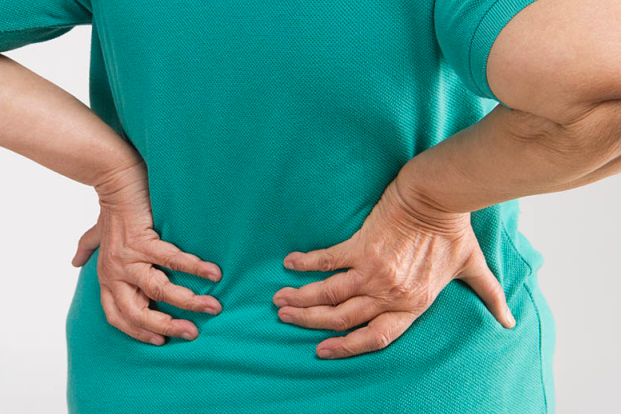Apr 25, 2022
Paras Hospitals Sets Milestone: Conducts India’s First Osteoblast Cell Implant for Hip Joint Fracture in 50+ Woman

- This is the first time a cell implant method is being used to fix a non-union of neck femur in 50+ age group
- Fracture of neck femur is common in elderly patients and especially postmenopausal women and requires urgent fixation
- However, despite being fixed within first 6 – 10 hours after injury, a 10 – 30 per cent chance of non-union or avascular necrosis (AVN) wherein the bone tissue dies due to a lack of blood supply, exists
- The patient was able to walk from the next day of the surgery and the fracture completely united within two months enabling the patient to walk without pain.
In a first, Paras Hospitals in the city have successfully implanted osteoblast cells extracted from the bone marrow to fix a un-united neck femur (hip joint) fracture in a 56-year-old woman.

Ms. Sita Devi (Name Changed), a resident of Gurgaon suffered the fracture after a fall and was operated upon within 24 hours of the incident. The surgery was successful with a good fixation but her fracture refused to unite even after 4 months of surgery. Other doctors advised her total hip replacement (THR) or a valgus osteotomy for the hip. However, processes such as the total hip replacement restricts daily activities like sitting on the floor and cross-legged to a large extent and has a limited life
This is when Ms. Sita Devi (Name Changed) came back to Dr. Arvind Mehra, Chief Consultant, Department of Orthopedics & Trauma at Paras Hospitals, who advised her minimally invasive process that would use cells extracted from her bone marrow.
“The surgery is a milestone in the Indian medical scenario – this is the first time a cell implant method is being used to fix a non-union of neck femur and that too in 50+ age group. Fracture of neck femur is common in elderly patients and especially postmenopausal women and is the only fracture that requires urgent fixation. However, despite being fixed within first 6-10 hours after injury, there is a 10 – 30 percent chance that the fractured neck femur may not unite or goes into avascular necrosis (AVN) wherein the bone tissue dies due to a lack of blood supply. We have heard of extracting cells from bone marrow for surgeries on other bones. The method is effective and has minimum risks but it is less-known. Hence, building confidence in the patient to opt for the process can take time,” says Dr. Arvind Mehra, Chief Consultant, Department of Orthopaedics &Trauma, Paras Hospitals, Gurgaon.
The autologous osteoblast cell (derived from organisms of the same individual) implantation at the non-union site is different from the more popular usage of stem cells for curative treatment. Osteoblast cells form new bone by secreting factors and cell adhesion molecules – 1 ml of bone marrow may contain 3 to 20 osteoblast cells. “We aspirated 5 ml of the patient’s bone marrow from which osteoblast cells were separated. These cells were cultured in 2 ml of fluid to grow to 18 lacs in a month’s time.These cells were injected at the non-union site after exchanging the screws in the hip,” says Dr. Mehra.
The patient was able to walk from the next day of the surgery and was monitored for union of fracture on monthly basis. The fracture completely united within two months and the patient could walk without pain.
Paras Hospitals Gurgaon is among the leading providers of treatment and care in the field of neurosciences, cardiology, orthopedics, nephrology, gastroenterology, and critical care in India.

